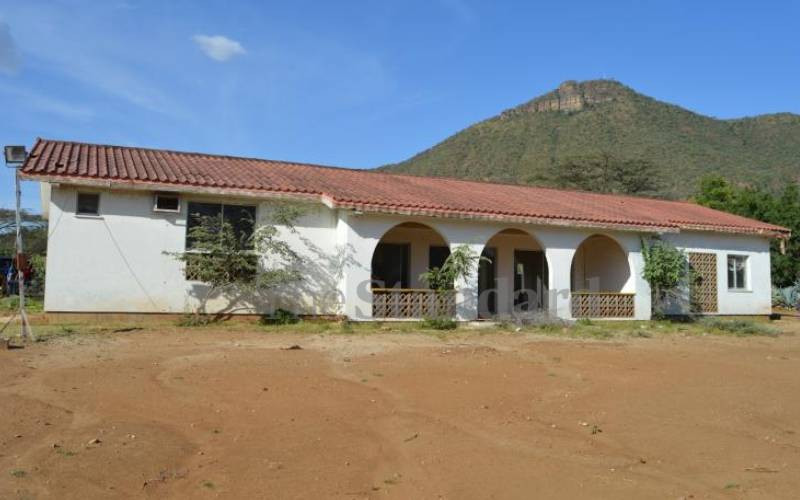 |
|
The lodge built on stilts conforms to the traditional homesteads of the Taita people. |
Nairobi; Kenya: It is arguably the world’s most photographed game lodge and is located only a short distance from the revered First World War battle fields.
On a clear morning, Mt Kilimanjaro’s snowy peaks can be seen from the lodge. The Sarova Salt Lick Game Lodge features a unique architectural design and style.
The entire property is built above ground, conforming to the traditional architecture of the Taita people who live the region.
The rondavels built on stilts are an imaginative reproduction of the ancestral abodes.
The lodge has 96 oval rooms, all overlooking a waterhole.
Retired British engineer, John Corry Firth, 80, who now lives in Lincolnshire, England, is credited with coming up with the master-piece design that continues to marvel Kenya’s hospitality industry.
Firth has listed Salt Lick Lodge as one of his most memorable projects in Kenya.
There were others in far-flung locations like Keekorok deep inside the Maasai Mara, Kisumu, Bungoma, Kitale, Njoro, Kitale and Kericho.
Work
Firth remained as a technical advisor after leaving Kenya and went on to Oman where he worked as an advisor to the Sultan of Oman.
He was chief advisor to the United Nations Development Programme in Tanzania and was engaged in the development of the country’s political capital, Dodoma.
He has also worked in Iraq as a technical advisor to the country’s Ministry of Transport and in Kuwait as resident engineer in the construction of a marina.
He was also resident engineer for the upgrade of Britain’s radar facilities at the Royal Airforce Flyingdales in Yorkshire.
There is an underground tunnel at Sarova Salt Lick, which is a wonderful spot for viewing wild game such as elephants and buffaloes that come to drink from the water pan near the lodge.
The lodge is located within the Taita Hills Wildlife Sanctuary, adjacent to the Tsavo West National Park.
Stay informed. Subscribe to our newsletter
The wildlife sanctuary consists of 28,000 acres of semi-permeable terrain. This, in turn, forms part of the greater Tsavo Eco-system that covers about 40,000 square kilometres.
The sanctuary nestles in the lower zone of the surrounding Taita Hills that form part of the Eastern Arc Mountain ranges, which are recognised by the International Union for Nature Conservation and the Worldwide Fund for Nature as a conservation area of global significance.
Here, the overall game viewing experience is enhanced because the sanctuary lies within the wildlife migratory corridor that links Tsavo West and Tsavo East national parks.
Within the sanctuary is a large dam and smaller ponds where young crocodiles and different species of fish are raised.
Future attractions will include hippos and rhinos.
“As part of nature conservation efforts, we are keen to make local communities and guests more aware of conservation matters through an elaborate tree-planting programme within the sanctuary,” says Willie Mwadillo, General Manager of both the Sarova Salt Lick Lodge and Sarova Taita Hills Lodge.
 The Standard Group Plc is a
multi-media organization with investments in media platforms spanning newspaper
print operations, television, radio broadcasting, digital and online services. The
Standard Group is recognized as a leading multi-media house in Kenya with a key
influence in matters of national and international interest.
The Standard Group Plc is a
multi-media organization with investments in media platforms spanning newspaper
print operations, television, radio broadcasting, digital and online services. The
Standard Group is recognized as a leading multi-media house in Kenya with a key
influence in matters of national and international interest.
 The Standard Group Plc is a
multi-media organization with investments in media platforms spanning newspaper
print operations, television, radio broadcasting, digital and online services. The
Standard Group is recognized as a leading multi-media house in Kenya with a key
influence in matters of national and international interest.
The Standard Group Plc is a
multi-media organization with investments in media platforms spanning newspaper
print operations, television, radio broadcasting, digital and online services. The
Standard Group is recognized as a leading multi-media house in Kenya with a key
influence in matters of national and international interest.








